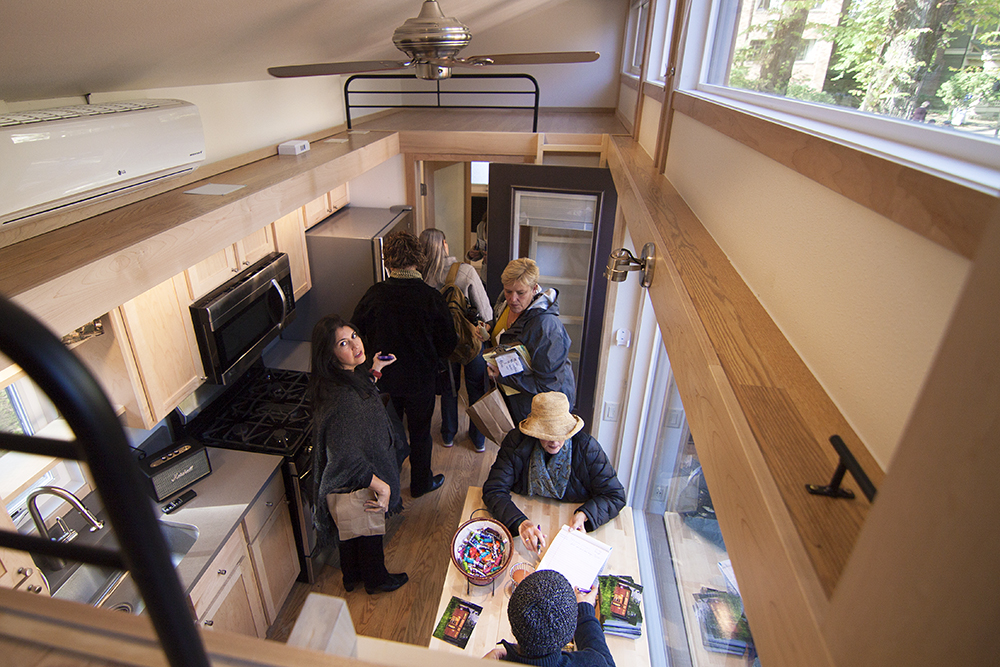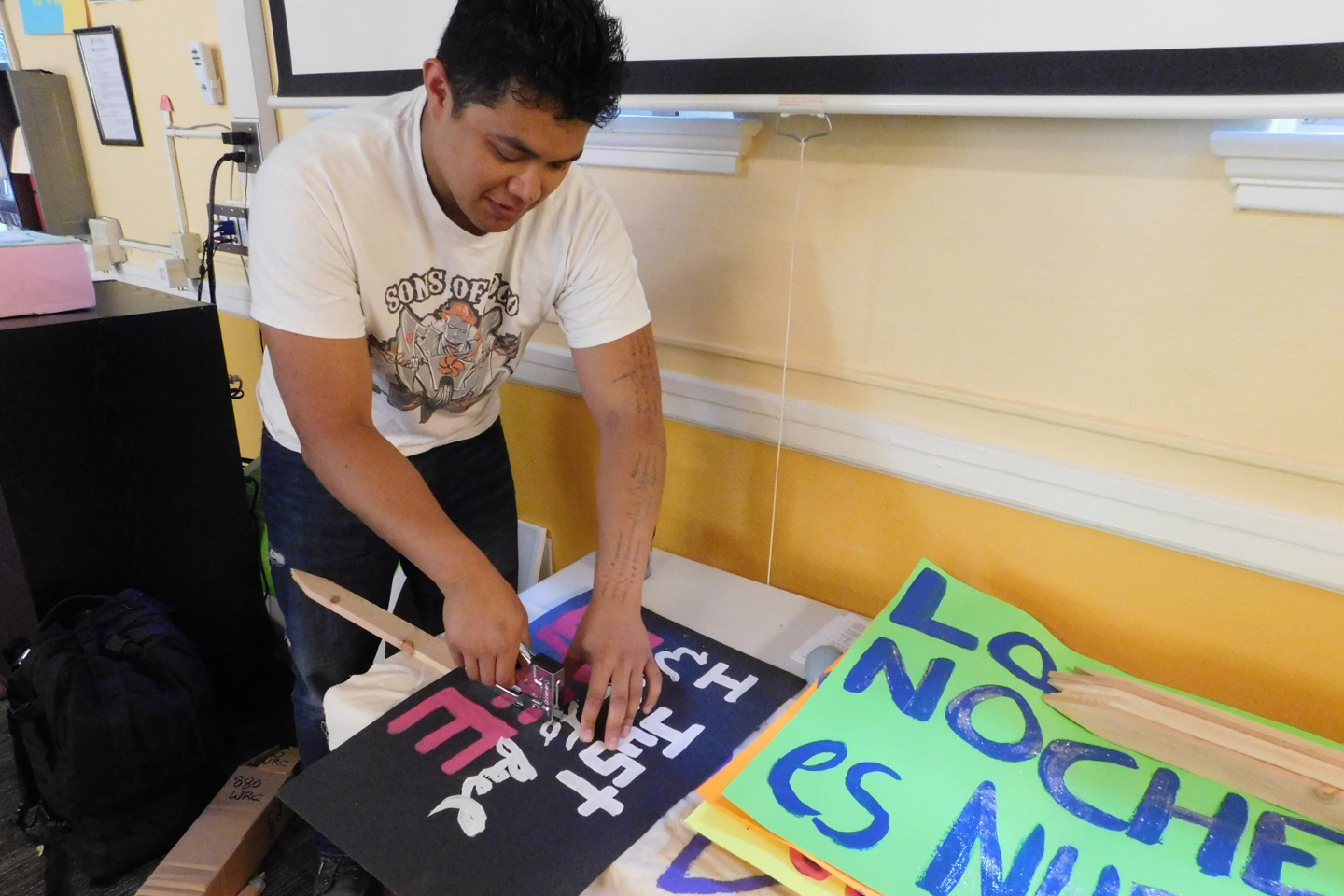On Friday, Nov. 6, students gathered at the Oregon Museum of Science and Industry for a free, guided tour of the exhibit “Roots of Wisdom: Native Knowledge. Shared Science,” one of many Social Sustainability Month events.
Victoria Coats, the research, development and advancement manager at OMSI, explained how the exhibition was a new collaborative effort between OMSI, the Indigenous Education Institute and the National Museum of the American Indian, with four native community partners: Confederated Tribes of Umatilla Indian Reservation, Native Hawaiians, Eastern Band of Cherokee Indians and the Tulalip Tribes.
Each tribe chose a story to tell about how they preserve their local ecosystems and respond to current environmental challenges, such as restoring fishponds and taro fields in Hawaii, river cane in North Carolina and waterways and traditional foods in the Pacific Northwest.
Tim Hecox, the program developer on the project, advocated for the importance of collaborating with integrity and how that was fundamental to the project. In the past, it’s been common for museums to approach an indigenous group after work has already started, when they should forge this relationship at the very beginning.
“[It’s how to] be culturally sensitive in the best way that we can and have mutual benefits,” Hecox said. “So it’s not just benefitting OMSI, but it’s benefitting these communities.”
Working with IEI was a vital part of creating this mutually beneficial relationship and understanding cultural protocols, which can be different for each group.
“The key is having a bridge organization,” Hecox said. “They understood both worlds—the museum, Western side of things, and the indigenous worldviews and what it takes to collaborate. That really had a big impact on the project’s success.”
This isn’t OMSI’s first time doing work like this. They also participated in a previous project funded by the National Science Foundation called “Cosmic Serpent,” a professional development project aimed to increase the capacity of museum practitioners to bridge native and Western science learning in informal settings through a series of workshops held around the western United States.
OMSI also participated in another NSF-funded grant called “Native Universe,” designed to create a shift in institutional culture by building capacity in science museums to successfully collaborate with indigenous communities.
“This project created a series of opportunities for indigenous advisors to visit OMSI and build our capacity in offering more of an indigenous voice in how we teach people about nature and science,” Hecox said.
Another exciting part of the “Roots of Wisdom” project is how it invited indigenous youth into the project development process.
“Native communities are always looking to support their next generation of community leaders,” Hecox said.
OMSI sought out middle schoolers within the Portland Public Schools’ Indian Education Title VII program to participate in a Native Youth Advisory Board to prototype OMSI’s ideas and let the team know what they thought was fun and exciting to learn about. This appeal to children was evident as young people actively engaged with the exhibit’s many colorful and educational activities.
Kevin Thomas, the cultural sustainability coordinator at Portland State’s Student Sustainability Center, boasted that PSU is the only school in the country that has Social Sustainability Month and explained how this exhibit fits into their vision and purpose.
“We really feel it’s important to engage indigenous knowledge,” Thomas said. “We should talk to the people [who] live on this land, [who] have lived for thousands of years. Because the settlers have been here for just a few hundred years and managed to screw it up.”
Thomas echoed Coats and Hecox’s sentiments that museums have not always treated native people well. They have often been excluded from the process and their cultures depicted as relics from a distant past.
“As sustainability people, we need to embrace that aspect of social justice, understand the history of the people and the connection with the land,” Thomas said.
In contrast, Thomas gestured to the exhibit and noted, “It’s vibrant and alive.”
Lucy Gonzalez, a junior at PSU, appreciated this element of the exhibit.
“I think it was really cool how it touched on the resilience of these communities,” Gonzalez said. “To learn about how things from their culture are still present today in our lives and we don’t even know it, like food and music.”
The museum staff is very excited about the exhibit and the opportunity for it to travel around the country.
“It’s really fascinating work,” Hecox said. “Super, super cool.”






